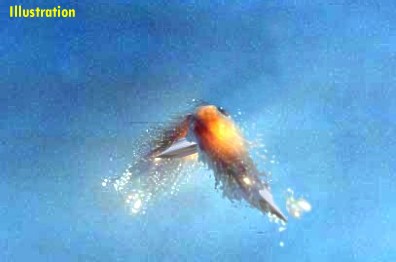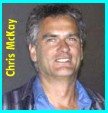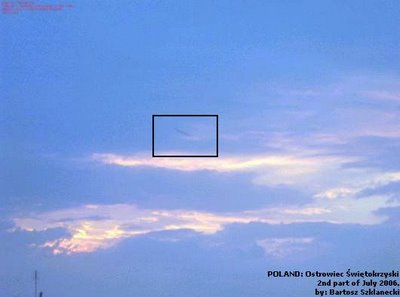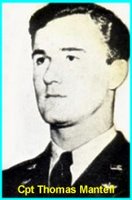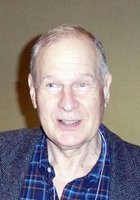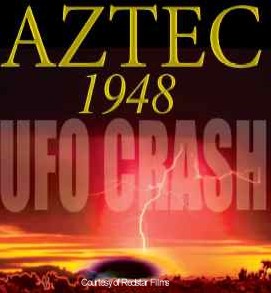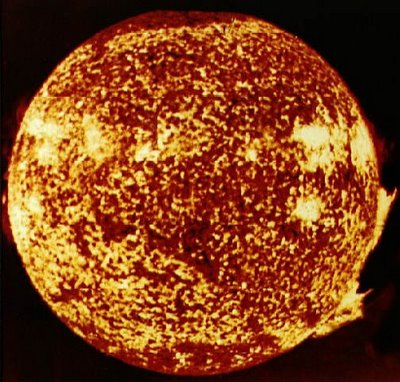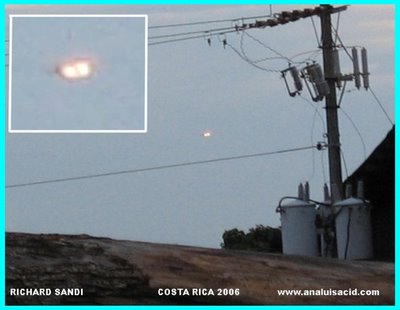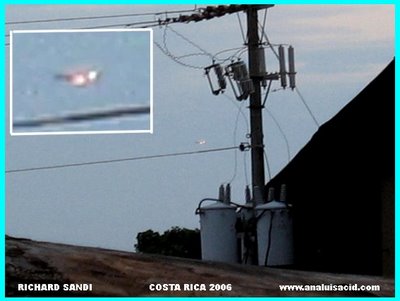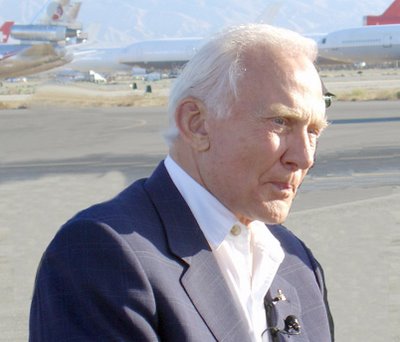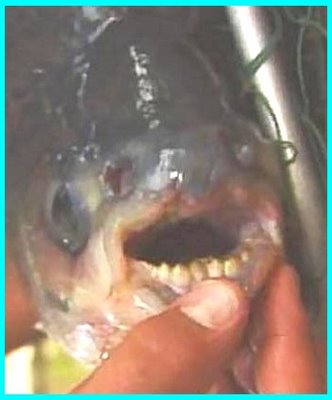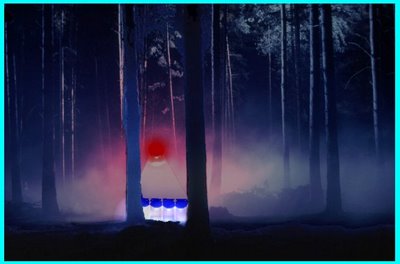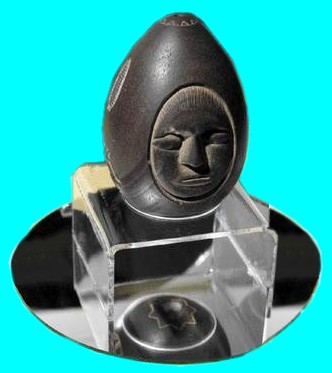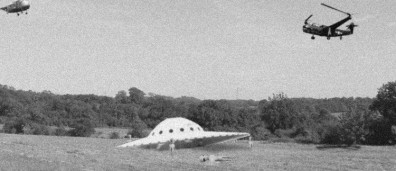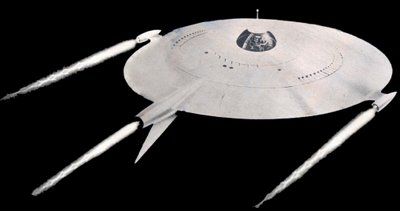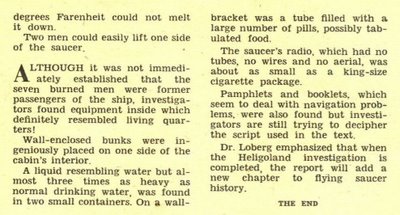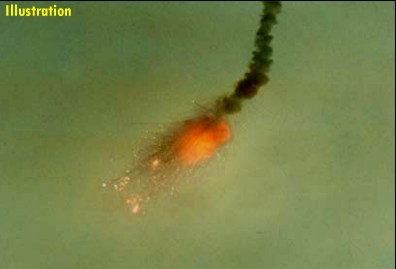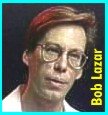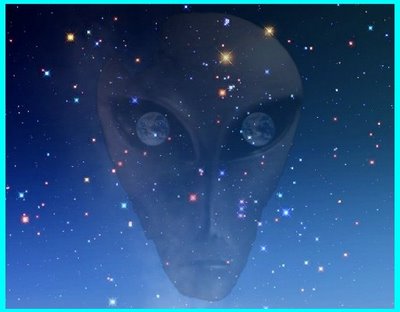
By Sam Vaknin, Ph.D.
The Global Politician
7-30-06
The Six Arguments against SETI
The various projects that comprise the 45-years old Search for Extraterrestrial Intelligence (SETI) raise two important issues:
(1) do Aliens exist and
(2) can we communicate with them.
If they do and we can, how come we never encountered an extraterrestrial, let alone spoken to or corresponded with one?
There are six basic explanations to this apparent conundrum and they are not mutually exclusive:
(1) That Aliens do not exist;
(2) That the technology they use is far too advanced to be detected by us and, the flip side of this hypothesis, that the technology we us is insufficiently advanced to be noticed by them;
(3) That we are looking for extraterrestrials at the wrong places;
(4) That the Aliens are life forms so different to us that we fail to recognize them as sentient beings or to communicate with them;
(5) That Aliens are trying to communicate with us but constantly fail due to a variety of hindrances, some structural and some circumstantial;
(6) That they are avoiding us because of our misconduct (example: the alleged destruction of the environment) or because of our traits (for instance, our innate belligerence) or because of ethical considerations.
Argument Number 1: Aliens do not exist (the Fermi Principle)
The assumption that life has arisen only on Earth is both counterintuitive and unlikely. Rather, it is highly probable that life is an extensive parameter of the Universe. In other words, that it is as pervasive and ubiquitous as are other generative phenomena, such as star formation.
This does not mean that extraterrestrial life and life on Earth are necessarily similar. Environmental determinism and the panspermia hypothesis are far from proven. There is no guarantee that we are not unique, as per the Rare Earth hypothesis. But the likelihood of finding life in one form or another elsewhere and everywhere in the Universe is high.
The widely-accepted mediocrity principle (Earth is a typical planet) and its reification, the controversial Drake (or Sagan) Equation usually predicts the existence of thousands of Alien civilizations - though only a vanishingly small fraction of these are likely to communicate with us.
But, if this is true, to quote Italian-American physicist Enrico Fermi: "where are they?". Fermi postulated that ubiquitous technologically advanced civilizations should be detectable - yet they are not! (The Fermi Paradox).
This paucity of observational evidence may be owing to the fact that our galaxy is old. In ten billion years of its existence, the majority of Alien races are likely to have simply died out or been extinguished by various cataclysmic events. Or maybe older and presumably wiser races are not as bent as we are on acquiring colonies. Remote exploration may have supplanted material probes and physical visits to wild locales such as Earth.
Aliens exist on our very planet. The minds of newborn babies and of animals are as inaccessible to us as would be the minds of little green men and antenna-wielding adductors. Moreover, as we demonstrated in the previous chapter, even adult human beings from the same cultural background are as aliens to one another. Language is an inadequate and blunt instrument when it comes to communicating our inner worlds.
Argument Number 2: Their technology is too advanced
If Aliens really want to communicate with us, why would they use technologies that are incompatible with our level of technological progress? When we discover primitive tribes in the Amazon, do we communicate with them via e-mail or video conferencing - or do we strive to learn their language and modes of communication and emulate them to the best of our ability?
Of course there is always the possibility that we are as far removed from Alien species as ants are from us. We do not attempt to interface with insects. If the gap between us and Alien races in the galaxy is too wide, they are unlikely to want to communicate with us at all.
Argument Number 3: We are looking in all the wrong places
If life is, indeed, a defining feature (an extensive property) of our Universe, it should be anisotropically, symmetrically, and equally distributed throughout the vast expanse of space. In other words, never mind where we turn our scientific instruments, we should be able to detect life or traces of life.
Still, technological and budgetary constraints have served to dramatically narrow the scope of the search for intelligent transmissions. Vast swathes of the sky have been omitted from the research agenda as have been many spectrum frequencies. SETI scientists assume that Alien species are as concerned with efficiency as we are and, therefore, unlikely to use certain wasteful methods and frequencies to communicate with us. This assumption of interstellar scarcity is, of course, dubious.
Argument Number 4: Aliens are too alien to be recognized
Carbon-based life forms may be an aberration or the rule, no one knows. The diversionist and convergionist schools of evolution are equally speculative as are the basic assumptions of both astrobiology and xenobiology. The rest of the universe may be populated with silicon, or nitrogen-phosphorus based races or with information-waves or contain numerous, non-interacting "shadow biospheres".
Recent discoveries of extremophile unicellular organisms lend credence to the belief that life can exist almost under any circumstances and in all conditions and that the range of planetary habitability is much larger than thought.
But whatever their chemical composition, most Alien species are likely to be sentient and intelligent. Intelligence is bound to be the great equalizer and the Universal Translator in our Universe. We may fail to recognize certain extragalactic races as life-forms but we are unlikely to mistake their intelligence for a naturally occurring phenomenon. We are equipped to know other sentient intelligent species regardless of how advanced and different they are - and they are equally fitted to acknowledge us as such.
Argument Number 5: We are failing to communicate with Aliens
The hidden assumption underlying CETI/METI (Communication with ETI/Messaging to ETI) is that Aliens, like humans, are inclined to communicate. This may be untrue. The propensity for interpersonal communication (let alone the inter-species variety) may not be universal. Additionally, Aliens may not possess the same sense organs that we do (eyes) and may not be acquainted with our mathematics and geometry. Reality can be successfully described and captured by alternative mathematical systems and geometries.
Additionally, we often confuse complexity or orderliness with artificiality. As the example of quasars teaches us, not all regular or constant or strong or complex signals are artificial. Even the very use of language may be a uniquely human phenomenon - though most xenolinguists contest such exclusivity.
Moreover, as Wittgenstein observed, language is an essentially private affair: if a lion were to suddenly speak, we would not have understood it. Modern verificationist and referentialist linguistic theories seek to isolate the universals of language, so as to render all languages capable of translation - but they are still a long way off. Clarke's Third Law says that Alien civilizations well in advance of humanity may be deploying investigative methods and communicating in dialects undetectable even in principle by humans.
Argument Number 6: They are avoiding us
Advanced Alien civilizations may have found ways to circumvent the upper limit of the speed of light (for instance, by using wormholes). If they have and if UFO sightings are mere hoaxes and bunk (as is widely believed by most scientists), then we are back to Fermi's "where are they".
One possible answer is they are avoiding us because of our misconduct (example: the alleged destruction of the environment) or because of our traits (for instance, our innate belligerence). Or maybe the Earth is a galactic wildlife reserve or a zoo or a laboratory (the Zoo hypothesis) and the Aliens do not wish to contaminate us or subvert our natural development. This falsely assumes that all Alien civilizations operate in unison and under a single code (the Uniformity of Motive fallacy).
But how would they know to avoid contact with us? How would they know of our misdeeds and bad character?
Our earliest radio signals have traversed no more than 130 light years omnidirectionally. Out television emissions are even closer to home. What other source of information could Aliens have except our own self-incriminating transmissions? None. In other words, it is extremely unlikely that our reputation precedes us. Luckily for us, we are virtual unknowns.
As early as 1960, the implications of an encounter with an ETI were clear:
"Evidences of its existence might also be found in artifacts left on the moon or other planets. The consequences for attitudes and values are unpredictable, but would vary profoundly in different cultures and between groups within complex societies; a crucial factor would be the nature of the communication between us and the other beings. Whether or not earth would be inspired to an all-out space effort by such a discovery is moot: societies sure of their own place in the universe have disintegrated when confronted by a superior society, and others have survived even though changed. Clearly, the better we can come to understand the factors involved in responding to such crises the better prepared we may be."
(Brookins Institute - Proposed Studies on the Implications of Peaceful Space Activities for Human Affairs, 1960)
Perhaps we should not be looking forward to the First Encounter. It may also be our last.
More . . .See Also: SETI Politics
